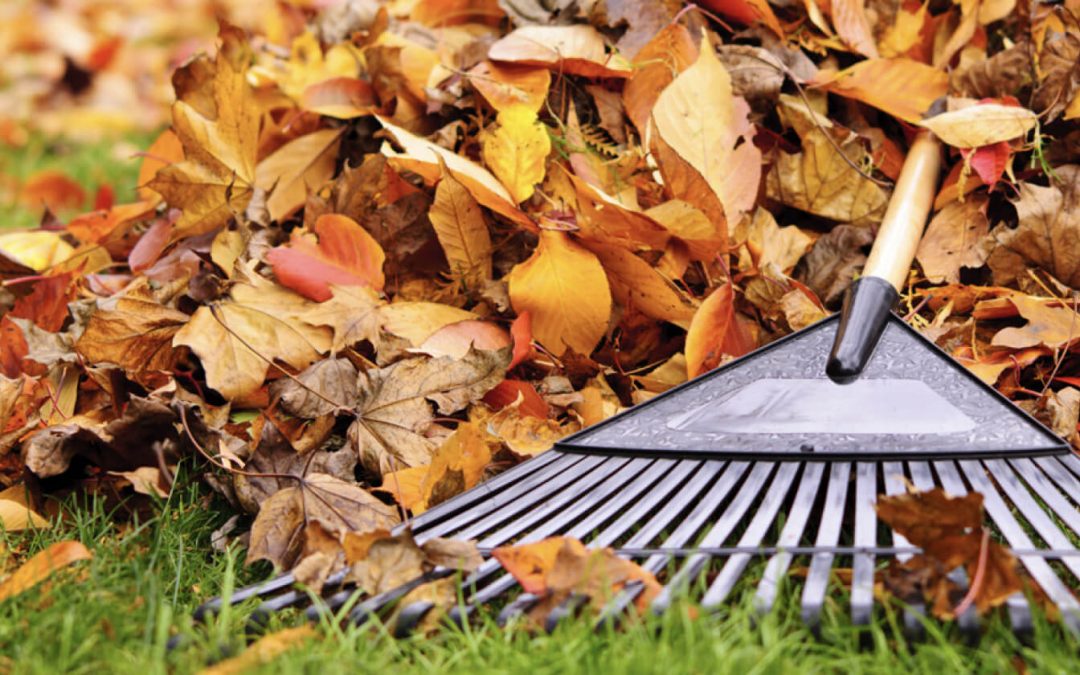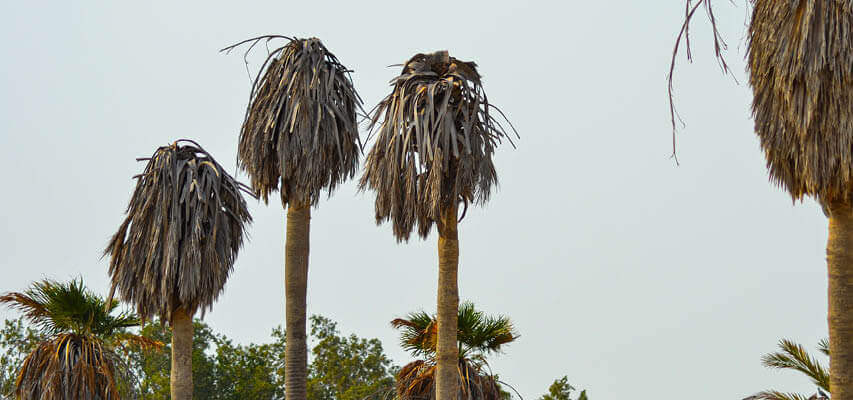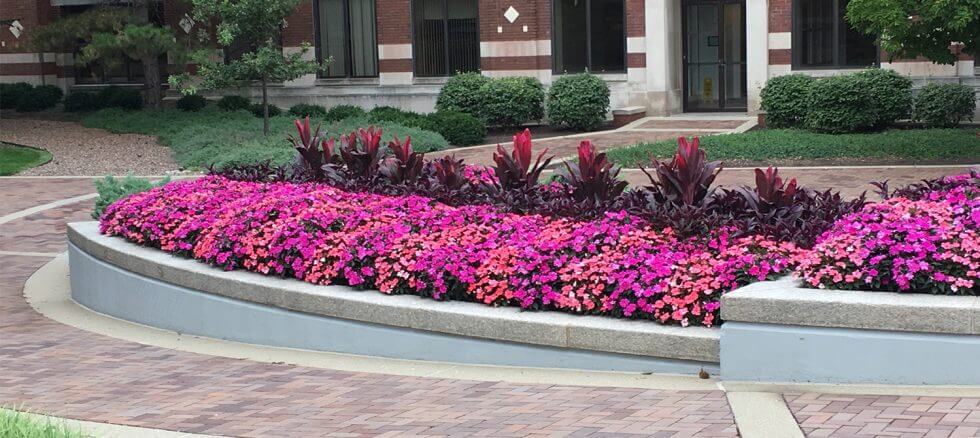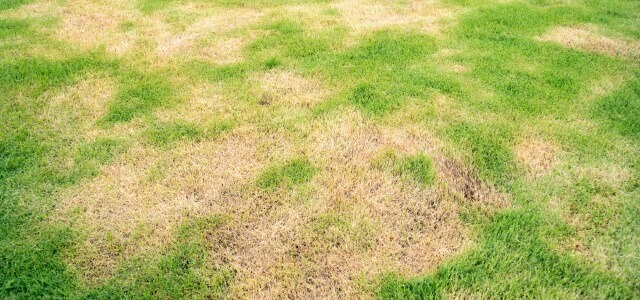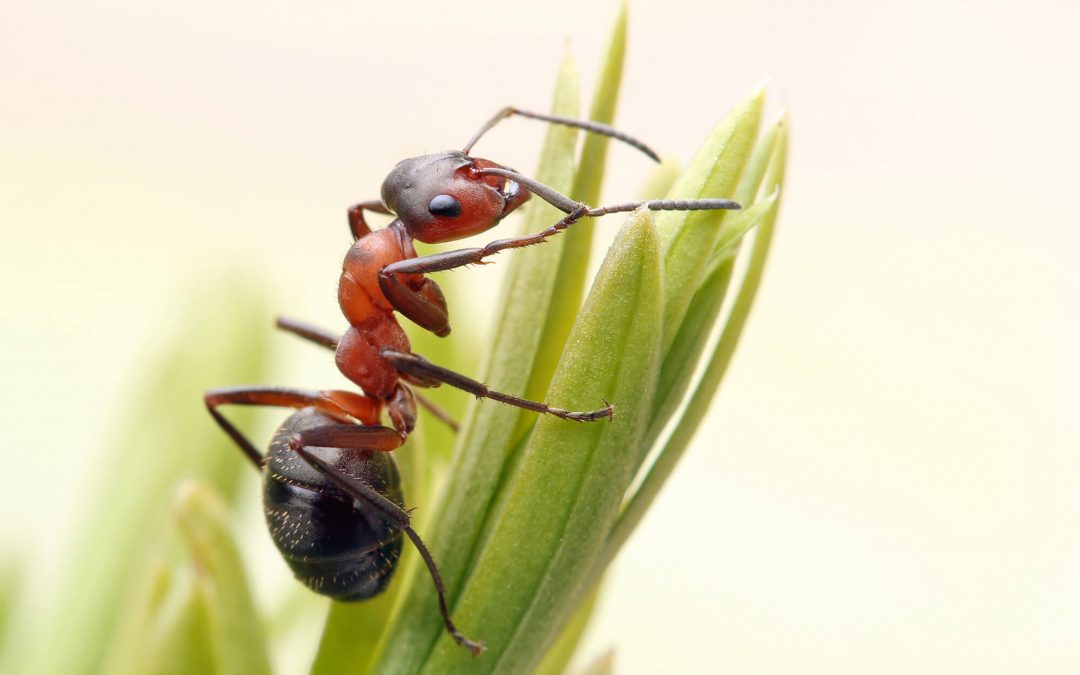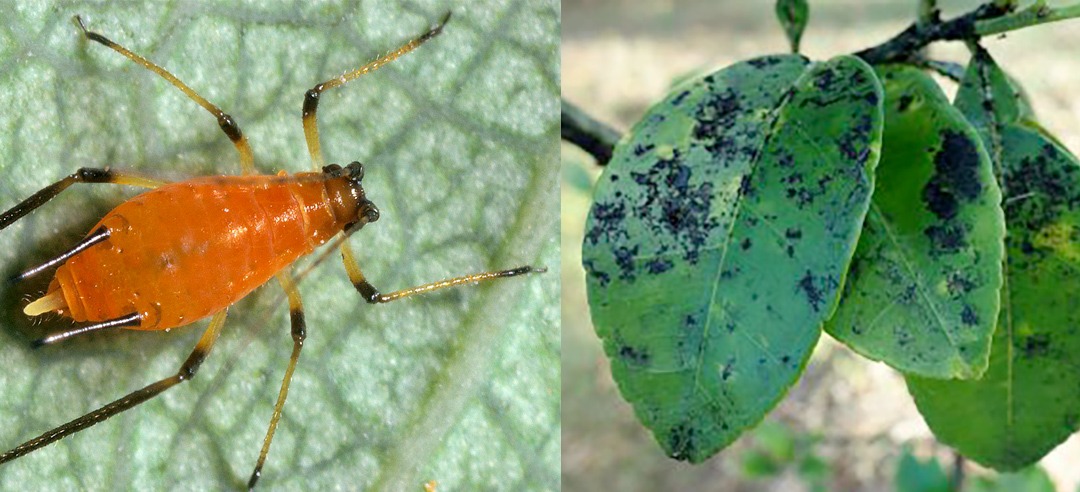To some people, fall is the quintessential definition of coziness. The Danes have a specific word for it: Hygge (pronounced HOO-gaH). A brisk breeze with a warm blanket and hot chocolate? Definitely hygge. Roasting marshmallows over an open fire with friends? You...
